10 Rules for a Healthy and Impeccable Landscape
10. Stay Consistent with Maintenance
👉 Why: A beautiful yard isn’t built in one day—it’s maintained through consistency.
✅ How to do it:
- Set a schedule for mowing, pruning, fertilizing, and seasonal cleanups.
- Don’t skip small tasks—removing weeds or debris weekly makes a big difference.
- Keep a checklist or calendar, especially for seasonal jobs like dethatching and aeration.
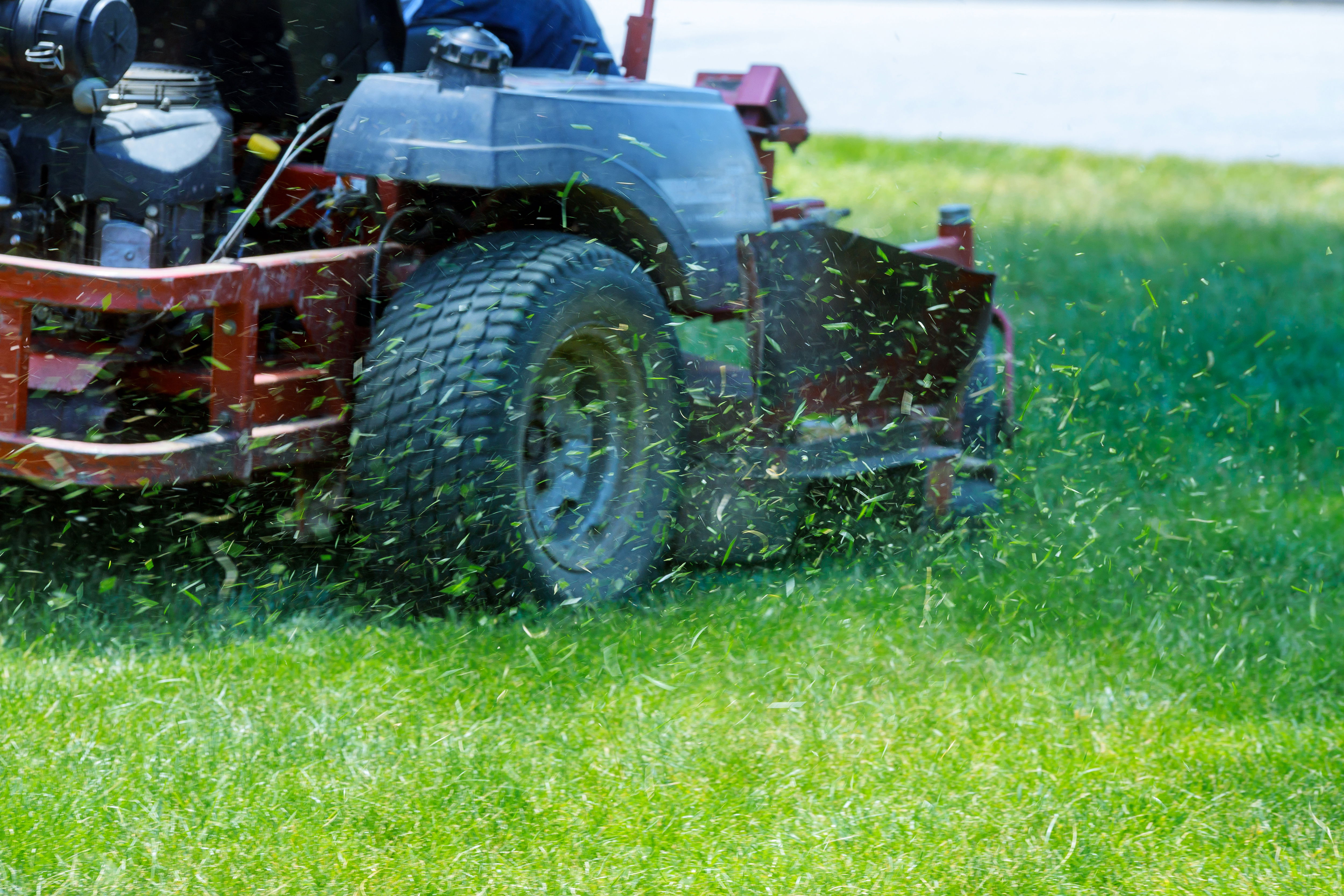
9. Keep Your Edges Clean and Defined
👉 Why: Neatly edged beds and walkways add a crisp, professional finish.
✅ How to do it:
- Use a half-moon edger or string trimmer along driveways, garden beds, and sidewalks.
- Re-edge flower beds at least twice a year (spring and fall).
- Mulch after edging to maintain clean lines and suppress weed regrowth.
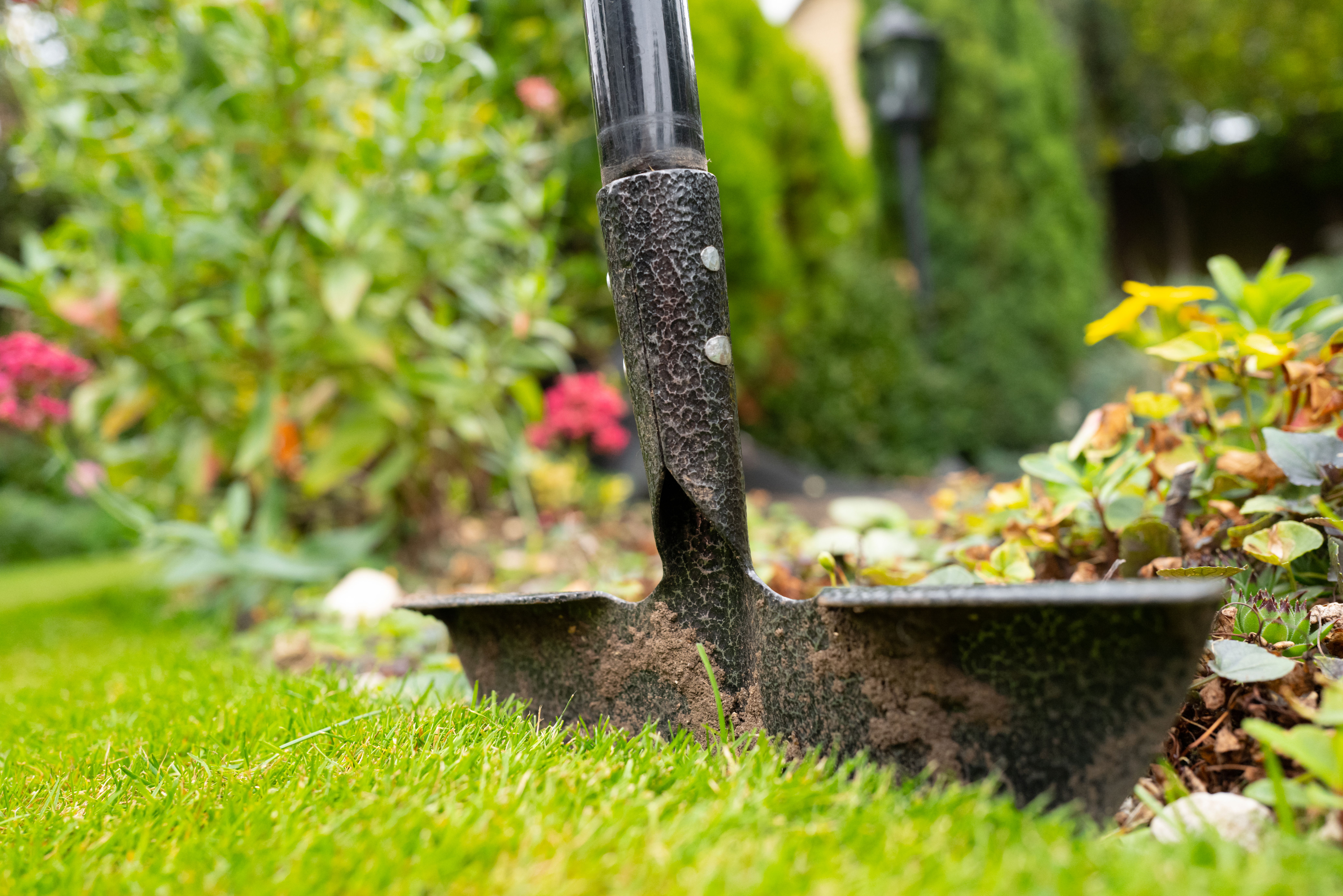
8. Tackle Weeds Early and Often
👉 Why: Weeds compete for water, sunlight, and nutrients.
✅ How to do it:
- Apply pre-emergent herbicide in early spring to stop weeds before they sprout.
- For visible weeds, pull them out manually or spot treat with natural or chemical options.
- Keep lawn thick and healthy to naturally block weed growth.

7. Prune Smart, Not Just Often
👉 Why: Proper pruning encourages healthy growth and prevents diseases.
✅ How to do it:
- Use sharp, clean tools and cut at a 45-degree angle above a node or bud.
- Prune trees and shrubs in late winter or early spring before new growth starts.
- Remove dead, crossing, or damaged branches and shape lightly for aesthetics.
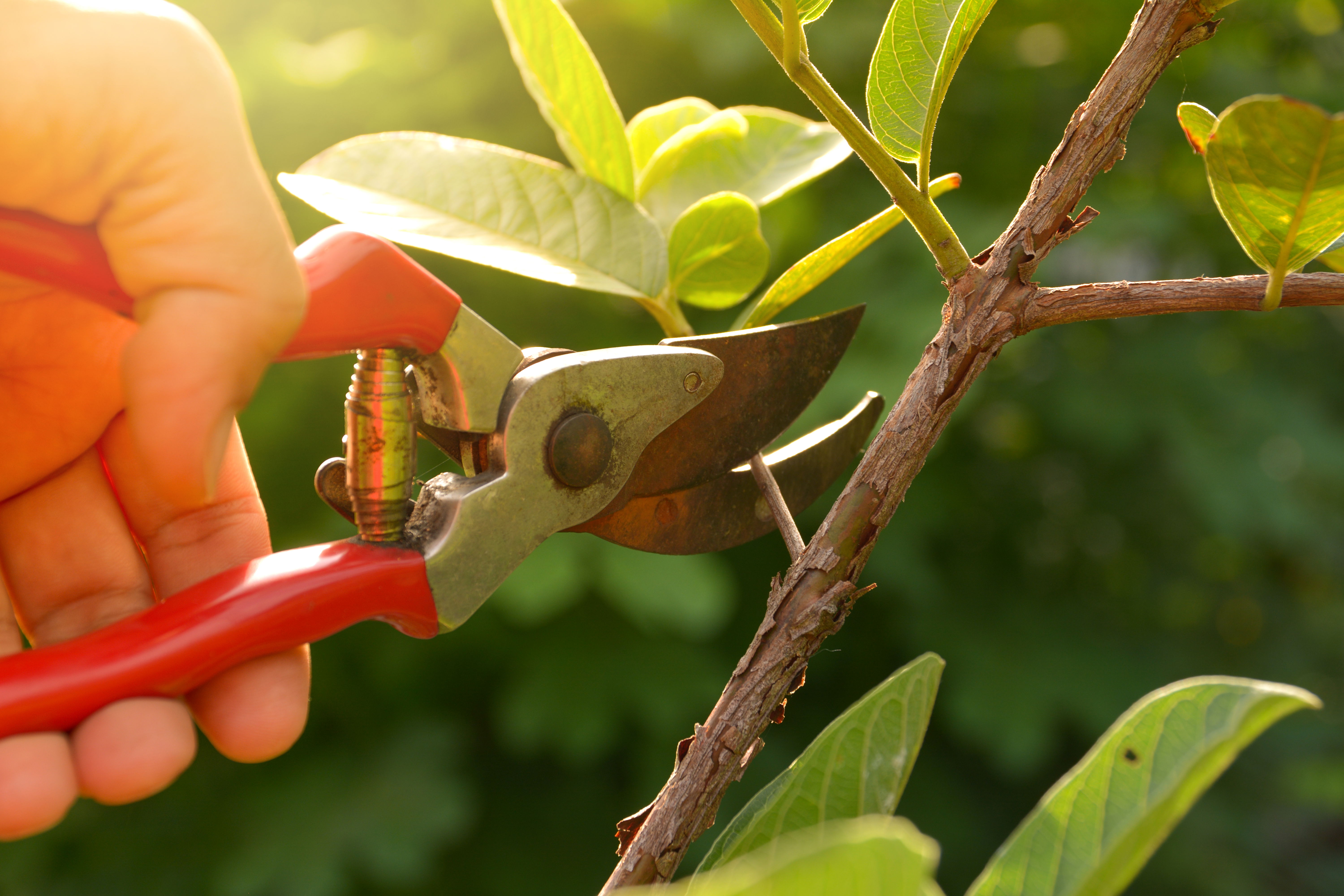
6. Water Deeply, Not Frequently
👉 Why: Shallow watering weakens roots and makes your lawn vulnerable.
✅ How to do it:
- Water 1–2 times per week, early in the morning, for 30–45 minutes per zone.
- Use sprinklers that deliver even coverage and check soil moisture after watering.
- Avoid watering in the evening—wet leaves overnight can cause fungus.
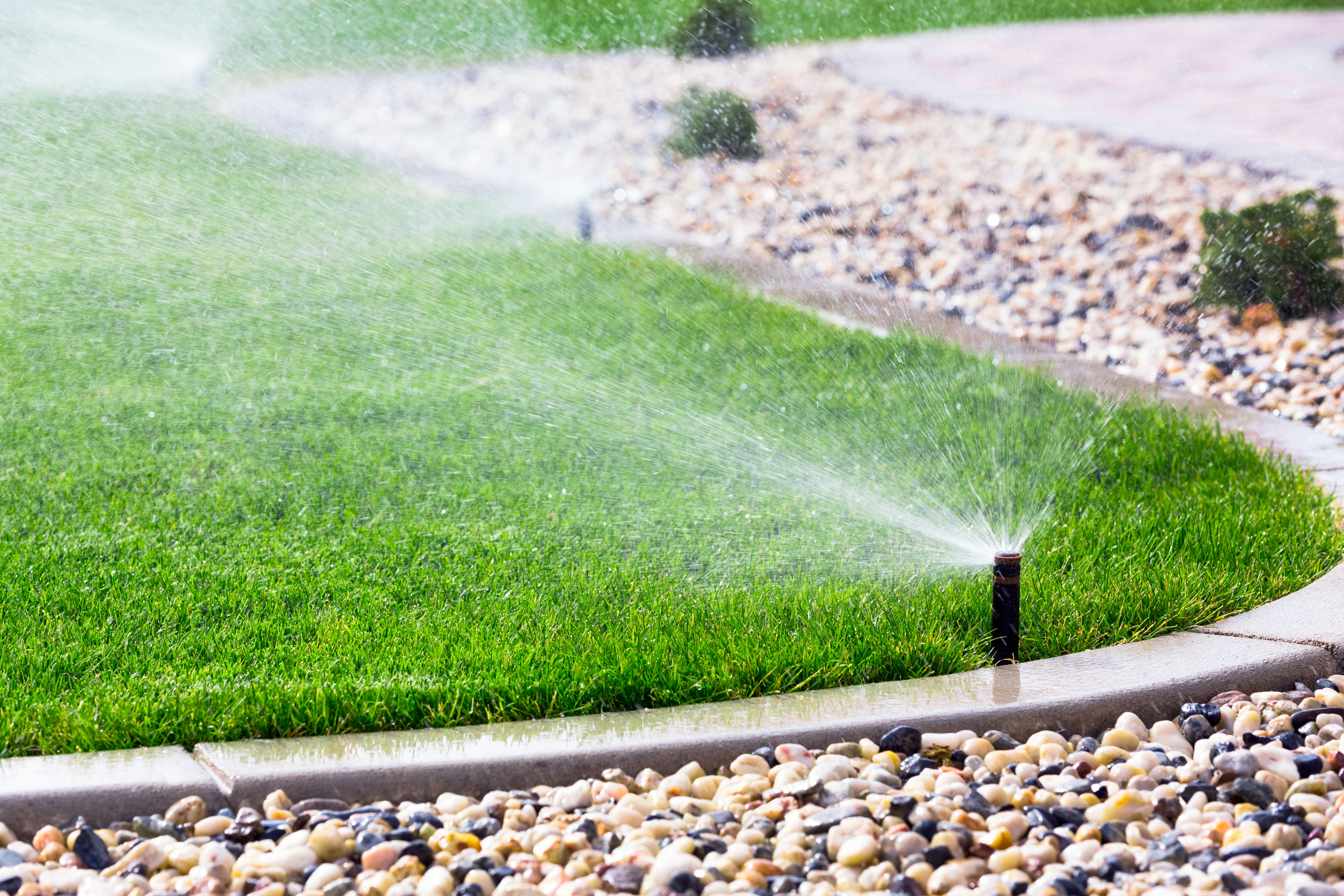
5. Aerate and Dethatch Every Season
👉 Why: Soil compaction and thatch buildup block air, nutrients, and water.
✅ How to do it:
- Aeration: Use a core aerator in spring or early fall to punch holes and relieve compaction.
- Dethatching: Use a dethatching rake or machine to remove the thick organic layer.
- Do this once a year, preferably when the grass is actively growing.
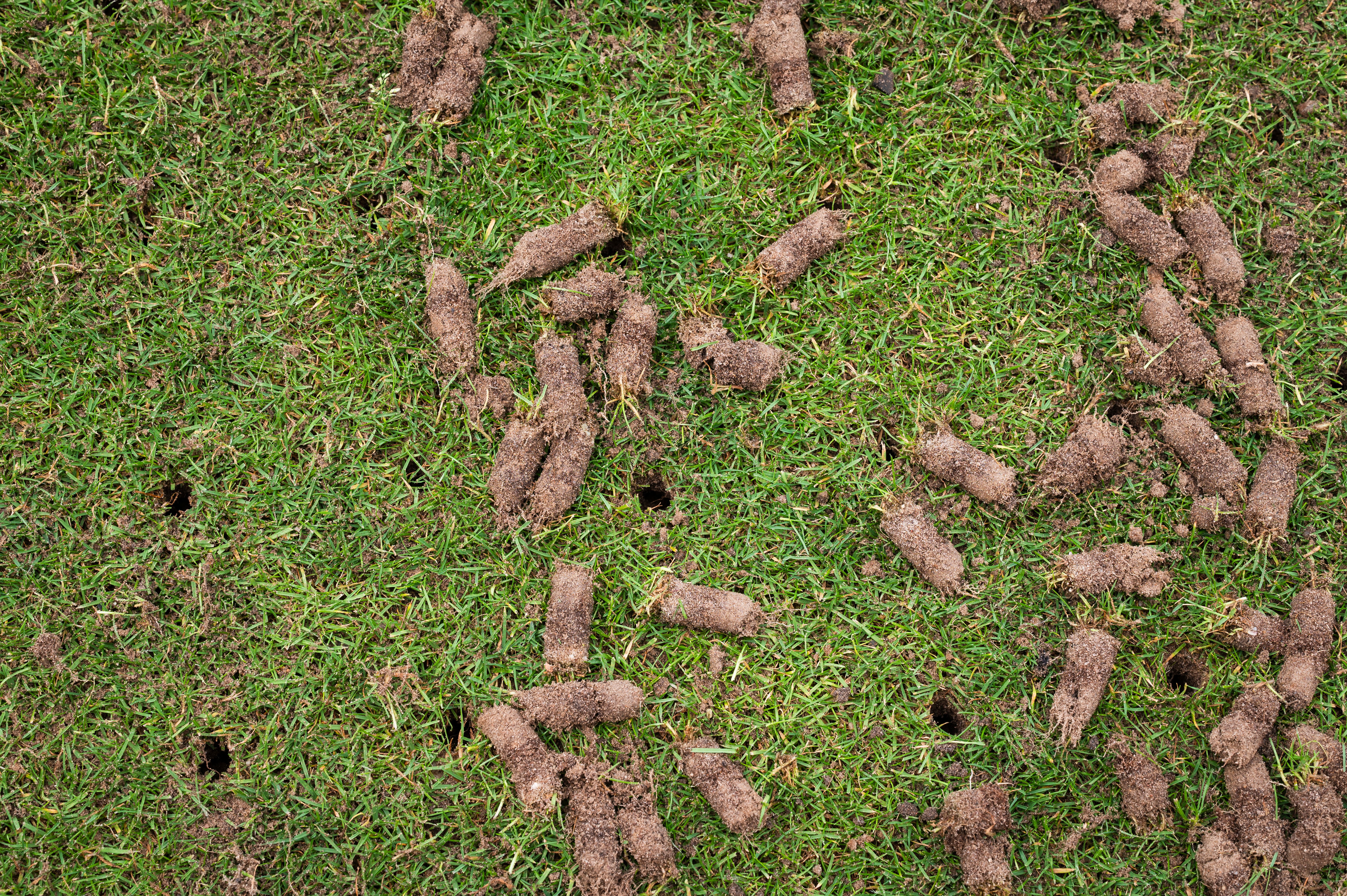
4. Feed Your Lawn and Plants Regularly
👉 Why: Nutrients are essential for strong roots, lush growth, and bright color.
✅ How to do it:
- Apply a starter fertilizer in spring, a high-nitrogen mix in summer, and a slow-release fertilizer in fall.
- Use organic options like compost or worm castings for garden beds.
- Follow label instructions—too much fertilizer can burn the grass.
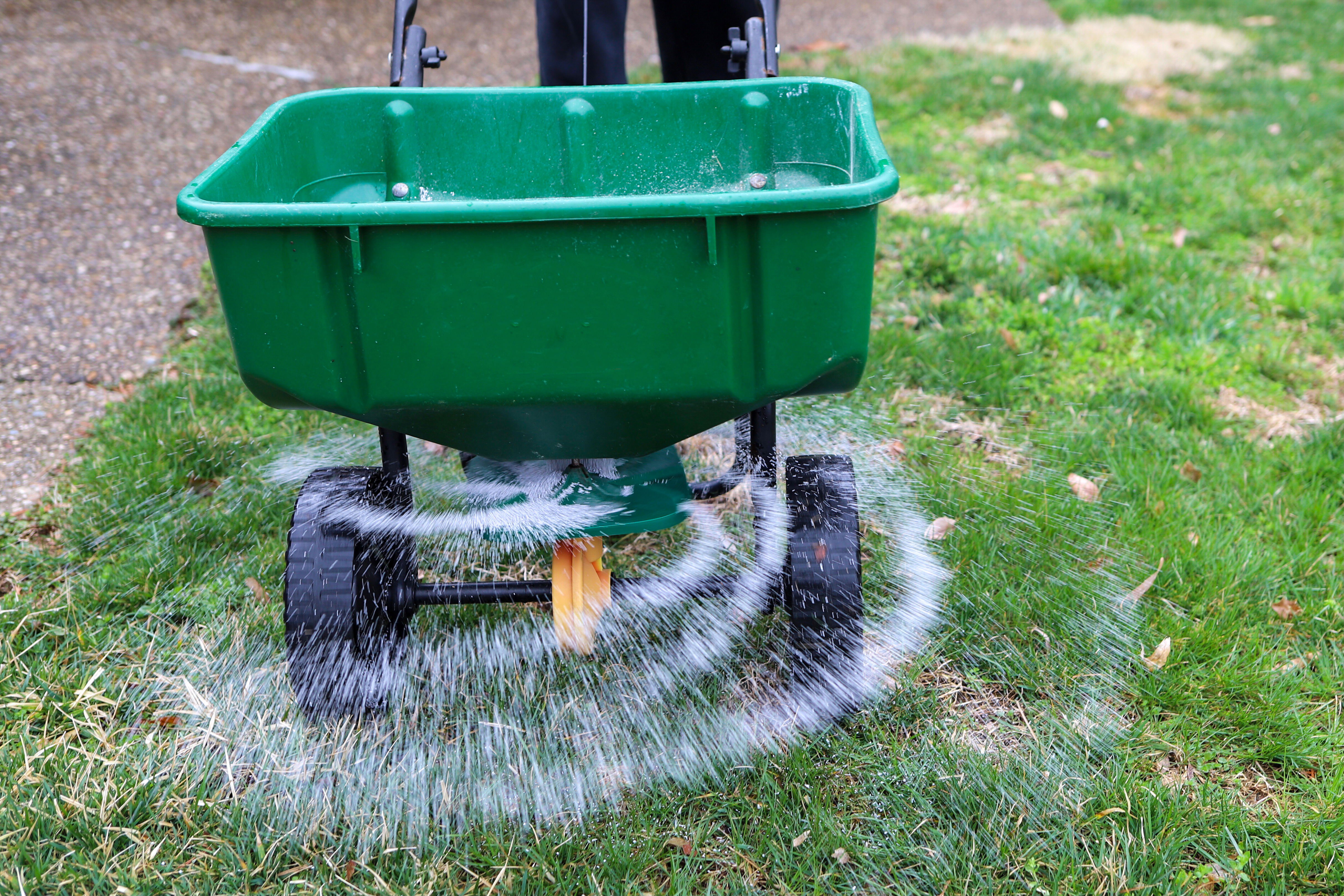
3. Mulch with the Right Material
👉 Why: Mulch conserves moisture, improves soil, and gives a clean look.
✅ How to do it:
- Use organic mulch, aged hemlock or pine bark—these enrich the soil as they decompose.
- Apply 2–3 inches around trees, shrubs, and garden beds.
- Keep mulch 2–3 inches away from tree trunks and plant stems to prevent rot.
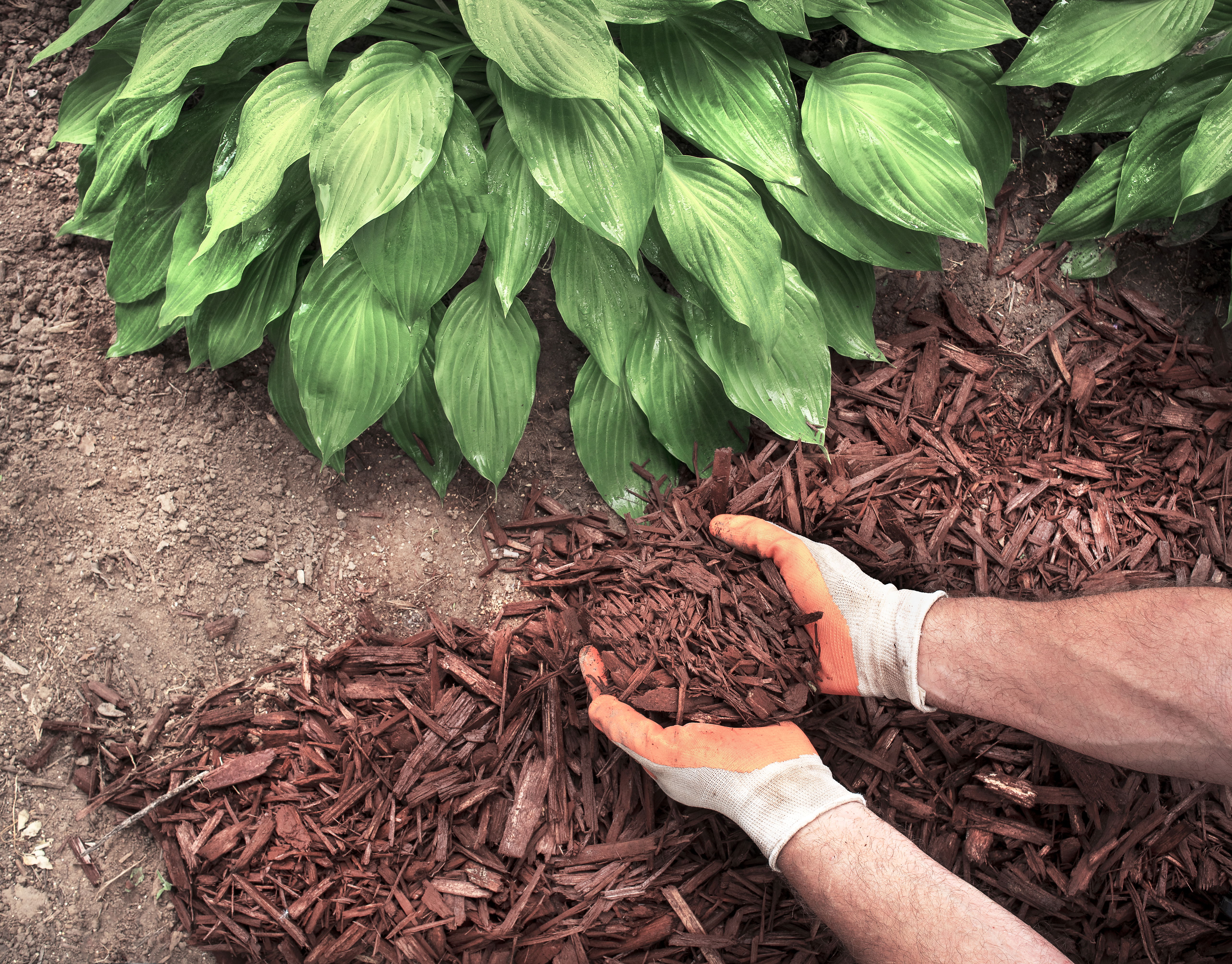
2. Mow at the Right Height and Frequency
👉 Why: Proper mowing keeps the lawn healthy and weed-resistant.
✅ How to do it:
- Follow the 1/3 rule: never cut more than one-third of the grass blade at once.
- Mow weekly during the growing season, and keep blades sharp for a clean cut.
- Ideal height: 3 to 3.5 inches for most grass types. Taller grass shades out weeds.
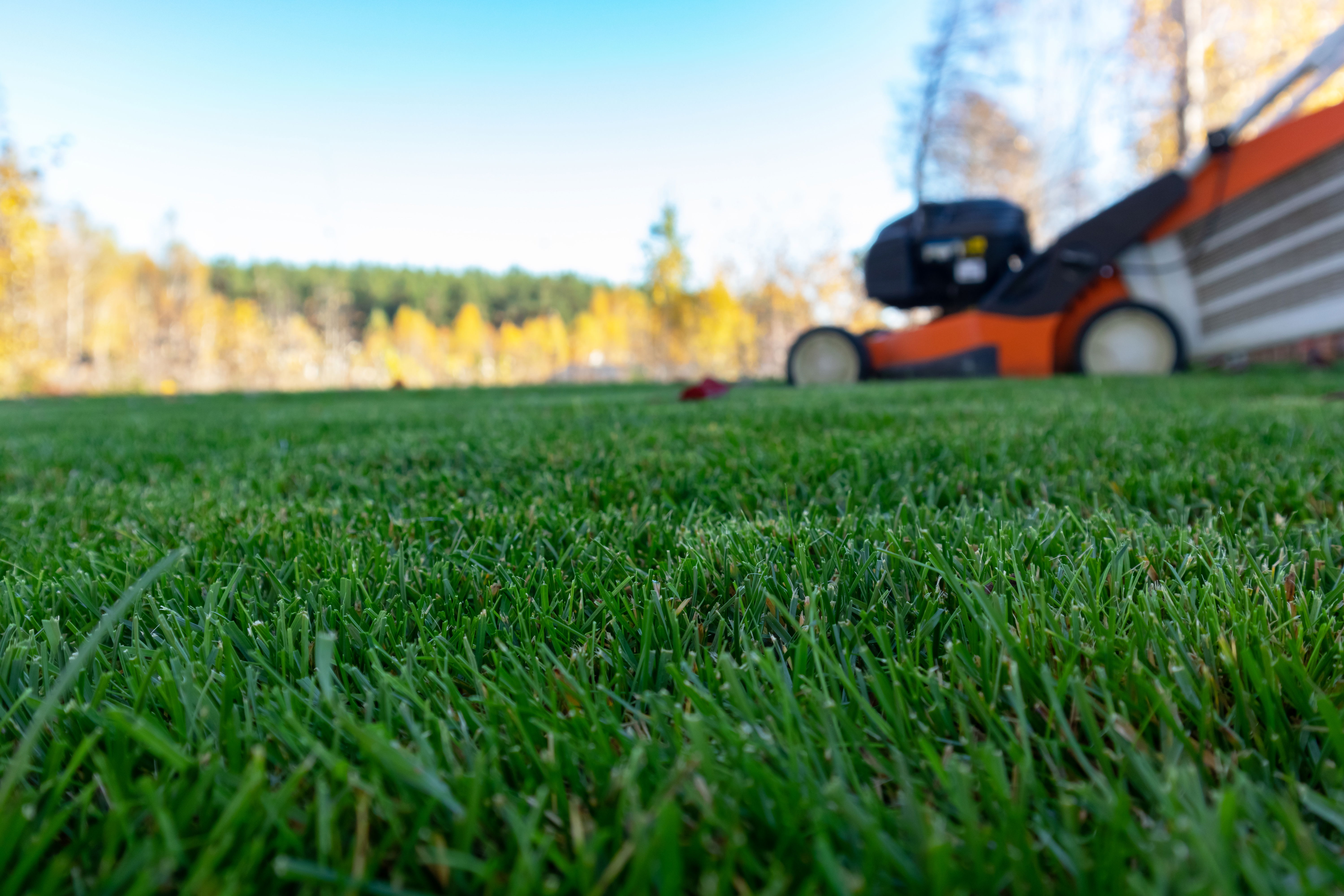
1. Always Start with a Landscape Plan
👉 Why: A plan saves time, money, and frustration later.
✅ How to do it:
- Map your property: identify sun vs. shade areas, slopes, and traffic zones.
- Group plants by water and light needs.
- Consider long-term growth: Will that shrub outgrow its spot? Is there room for maintenance access?
- Include elements like irrigation, lighting, and drainage from the start.
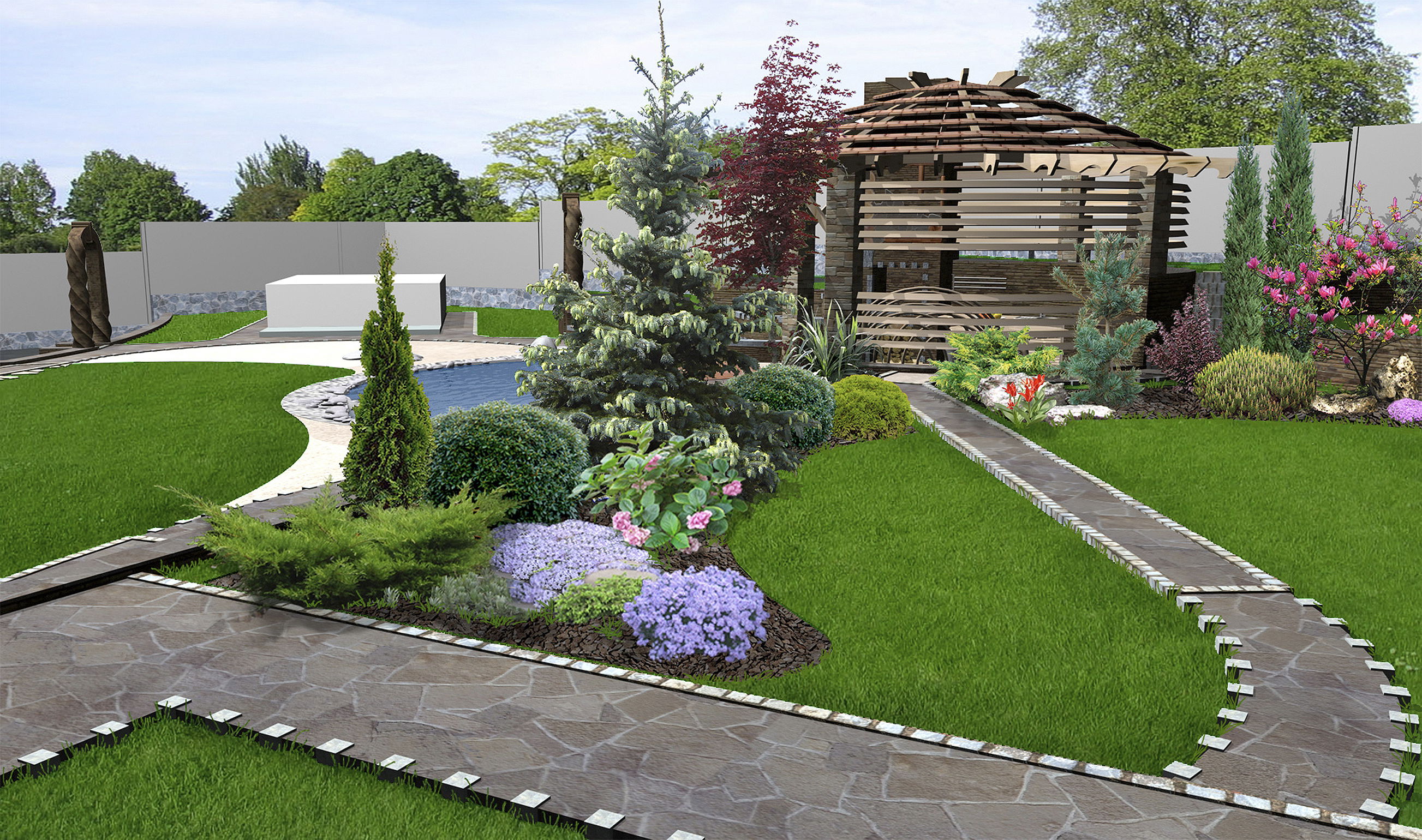
🪴 Final Tip:
Landscaping is like taking care of your health—it’s not just about how it looks, but how it’s maintained over time. Start with strong foundations, stay consistent, and your yard will thank you year after year.